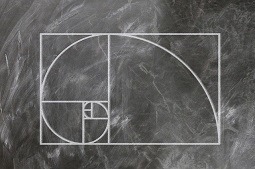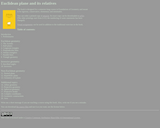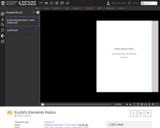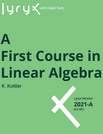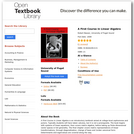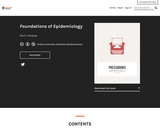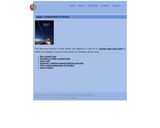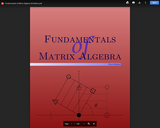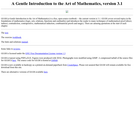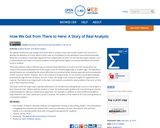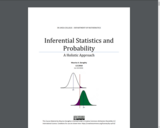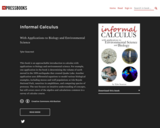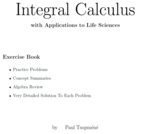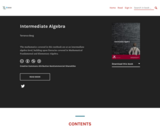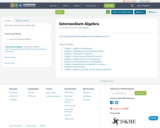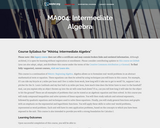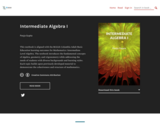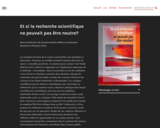
Short Description:
Les manières de faire de la science aujourd’hui sont multiples et innovantes. Pourtant, un modèle normatif continue d’écraser les autres : le modèle positiviste. Il soutient que la science vise l’étude objective de la réalité en s’appuyant sur l’application rigoureuse de la méthode « scientifique » dont la neutralité est un des emblèmes. Cette vision est vivement contestée dans plusieurs champs de recherche, tels que les études sociales des sciences, l’histoire des sciences et les études féministes et décoloniales. Ces critiques considèrent que les théories scientifiques sont construites et influencées par le contexte social, culturel et politique dans lequel travaillent les scientifiques, ainsi que par les conditions matérielles de leur travail. Cet ancrage social de la science rend impensable, pour ces critiques, l’idée même de neutralité. Faut-il donc renoncer à cette exigence normative? Par quelle autre norme la remplacer?Né d’un colloque tenu en 2017 à Montréal, ce livre propose les réflexions et analyses de 25 auteurs et autrices issues de sept pays sur ces questions. Études de cas, analyses réflexives et discussions théoriques s’entrecroisent pour permettre une réflexion collective approfondie sur ces enjeux anciens, mais constamment renouvelés, notamment dans le contexte du nouveau statut précaire de l’expertise scientifique dans l’espace public.
Long Description:
Les manières de faire de la science aujourd’hui sont multiples et innovantes. Pourtant, un modèle normatif continue d’écraser les autres : le modèle positiviste. Il soutient que la science vise l’étude objective de la réalité en s’appuyant sur l’application rigoureuse de la méthode « scientifique » dont la neutralité est un des emblèmes. Cette vision est vivement contestée dans plusieurs champs de recherche, tels que les études sociales des sciences, l’histoire des sciences et les études féministes et décoloniales. Ces critiques considèrent que les théories scientifiques sont construites et influencées par le contexte social, culturel et politique dans lequel travaillent les scientifiques, ainsi que par les conditions matérielles de leur travail. Cet ancrage social de la science rend impensable, pour ces critiques, l’idée même de neutralité. Faut-il donc renoncer à cette exigence normative? Par quelle autre norme la remplacer?
Né d’un colloque tenu en 2017 à Montréal, ce livre propose les réflexions et analyses de 25 auteurs et autrices issues de sept pays sur ces questions. Études de cas, analyses réflexives et discussions théoriques s’entrecroisent pour permettre une réflexion collective approfondie sur ces enjeux anciens, mais constamment renouvelés, notamment dans le contexte du nouveau statut précaire de l’expertise scientifique dans l’espace public.
Word Count: 189292
ISBN: 978-2-924661-54-3
(Note: This resource's metadata has been created automatically by reformatting and/or combining the information that the author initially provided as part of a bulk import process.)
- Subject:
- Applied Science
- Arts and Humanities
- Business and Communication
- Finance
- Health, Medicine and Nursing
- History
- Mathematics
- Philosophy
- Political Science
- Social Science
- Material Type:
- Textbook
- Provider:
- Éditions science et bien commun
- Author:
- Mélissa Lieutenant-Gosselin et Florence Piron
- Sous la direction de Laurence Brière
- Date Added:
- 12/31/2018
